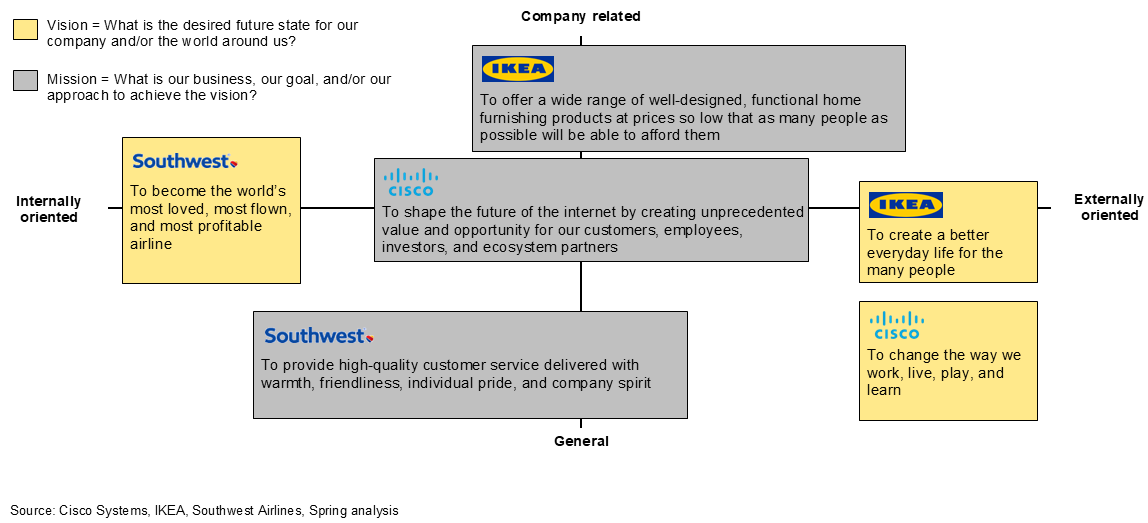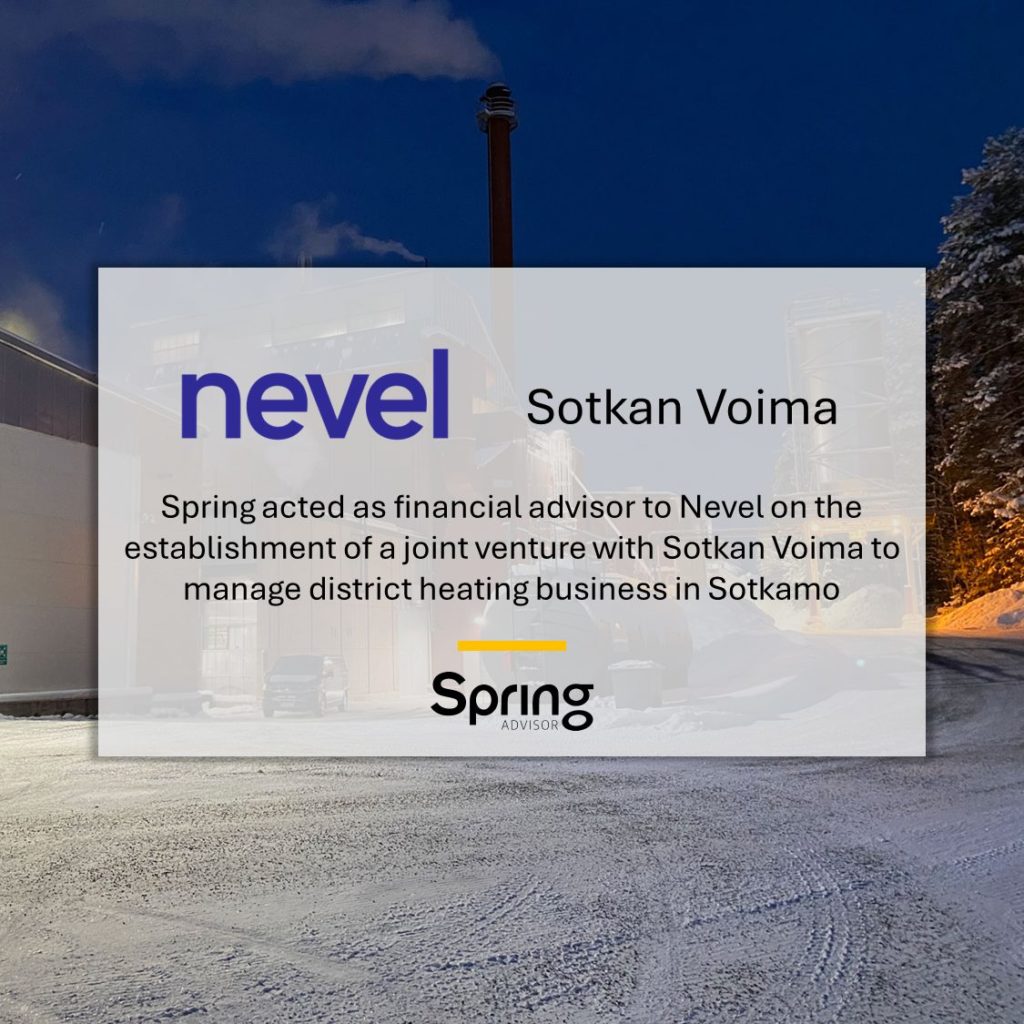Back in the day, things were straightforward. A company’s name often said it all — there was no need to guess what “Finnish Laundry Services Ltd” was about. Work had clear boundaries, but the company’s broader meaning — to customers, to the world, and to its own people — rarely came up.
Today, the focus has shifted to customers’ deeper needs. Companies are now competing to position themselves as trusted partners, enablers of sustainable futures, and smoothers of everyday life. The pendulum has swung to the other extreme.
The question of a company’s core and purpose now features in nearly every strategy process. In this article, we share a few lessons we’ve gathered from countless boardrooms and workshops — insights you can apply to your own work.
Vision, mission, purpose… and what else?
A company’s core and meaning are often expressed in statements such as vision, mission, and purpose. Typically, values and value propositions also appear in the same discussion.
Terminology varies and often gets mixed up. The most common definitions are roughly as follows:
- Vision describes the future state of the company or its surrounding world that the company’s activities aim to promote.
- Mission defines what the company does and what goals it strives to achieve.
- Purpose explains what problem the company is solving and why.
- Value proposition is often close to the mission, but it expresses more concretely what value the customer gets from the company’s product or service.
- Values describe the company’s internal culture and basic principles of operation.
Be like Ikea
Below is an example of a few international companies’ missions and visions. The figure shows them grouped into two axes. The horizontal axis describes whether the company’s message speaks of the surrounding world or of itself. The vertical axis examines whether the statements are visionary or specifically tied to the company in question.

Ikea’s combination works seamlessly together. Its vision speaks of the surrounding world broadly, but is still sufficiently defined to be relevant to Ikea. The mission, in turn, clearly tells the path and its logic toward a better everyday life for many people. As we know, Ikea has always invested in design and kept costs in check by letting customers assemble the furniture themselves.
Southwest Airlines’ approach is in many ways the opposite of Ikea’s. The vision focuses on the company itself and emphasizes size and money. The mission expands the perspective a bit beyond the company, but it focuses more on a general description than on concrete actions.
Three tips for finding your own voice
If a company wants to stand out, it needs to clearly express who it is — in its own words. Here are three tips to help sharpen your message:
- Keep it useful. A well-crafted purpose or mission cuts through the noise and explains what truly matters — simply and clearly. Overly grand or vague statements can make the message feel diluted.
- Start from your customer’s or community’s perspective. You’ll create more engagement if your message resonates with what people care about. This applies to both customers and employees — they’re more likely to feel inspired by making the world better than by just boosting shareholder returns.
- Know yourself. Ask yourself whether your message truly reflects the core of your company. Can your employees, customers, or partners recognize you in the words? If not, revise until your message clearly captures what makes you different — and why it matters.






